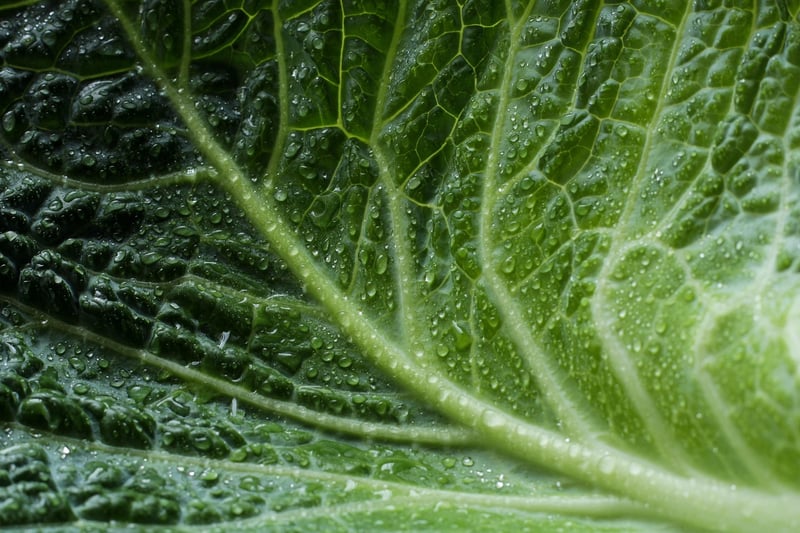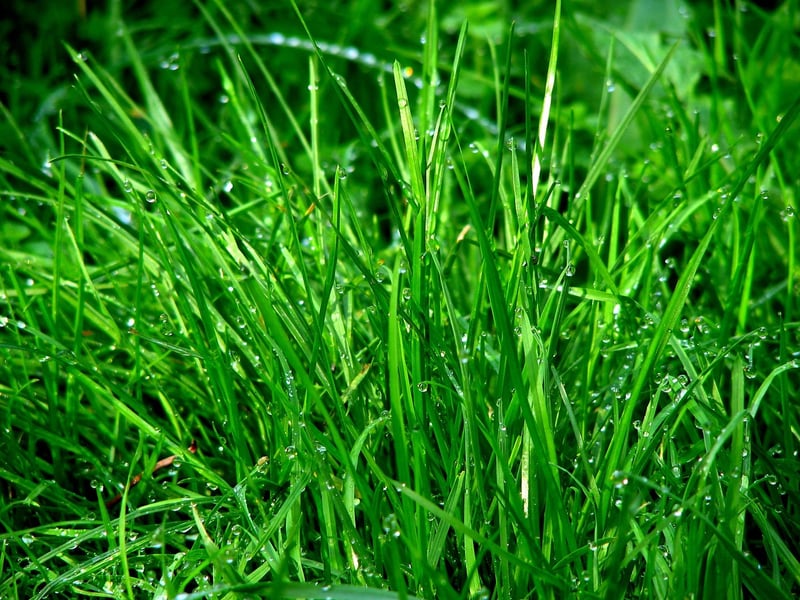Urban greenery
Exploring Vertical and Urban Greenery

Urban greenery plays a vital role in creating sustainable and livable cities. As urban areas continue to grow, incorporating green spaces, both horizontally and vertically, becomes essential in maintaining a balance between concrete jungles and natural environments.
Vertical Greenery
Vertical greenery refers to the practice of growing plants, flowers, and vegetation on vertical surfaces like walls and facades of buildings. It not only adds beauty to urban landscapes but also brings a host of benefits.
Benefits of Vertical Greenery:
- Improves air quality by absorbing carbon dioxide and releasing oxygen.
- Reduces the urban heat island effect by providing natural insulation.
- Enhances biodiversity by creating habitats for birds, insects, and other wildlife.
- Improves mental health and well-being by providing green spaces in densely populated areas.
- Reduces energy consumption by shading buildings and lowering indoor temperatures.
Urban Greenery
Urban greenery encompasses parks, gardens, green roofs, and other forms of green spaces within cities. These areas not only offer recreational spaces for residents but also contribute to environmental sustainability.
Importance of Urban Greenery:
- Provides habitats for plants and animals, promoting biodiversity.
- Improves air quality by absorbing pollutants and producing oxygen.
- Reduces stormwater runoff and helps in flood prevention.
- Enhances the aesthetic appeal of urban areas, making them more attractive and appealing.
- Offers spaces for relaxation, exercise, and social interaction, improving the quality of life for city dwellers.
By embracing vertical and urban greenery practices, cities can create healthier, more sustainable, and resilient environments for current and future generations to enjoy.

